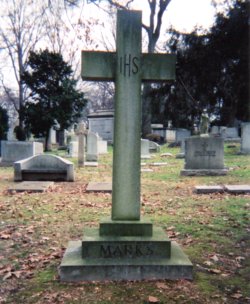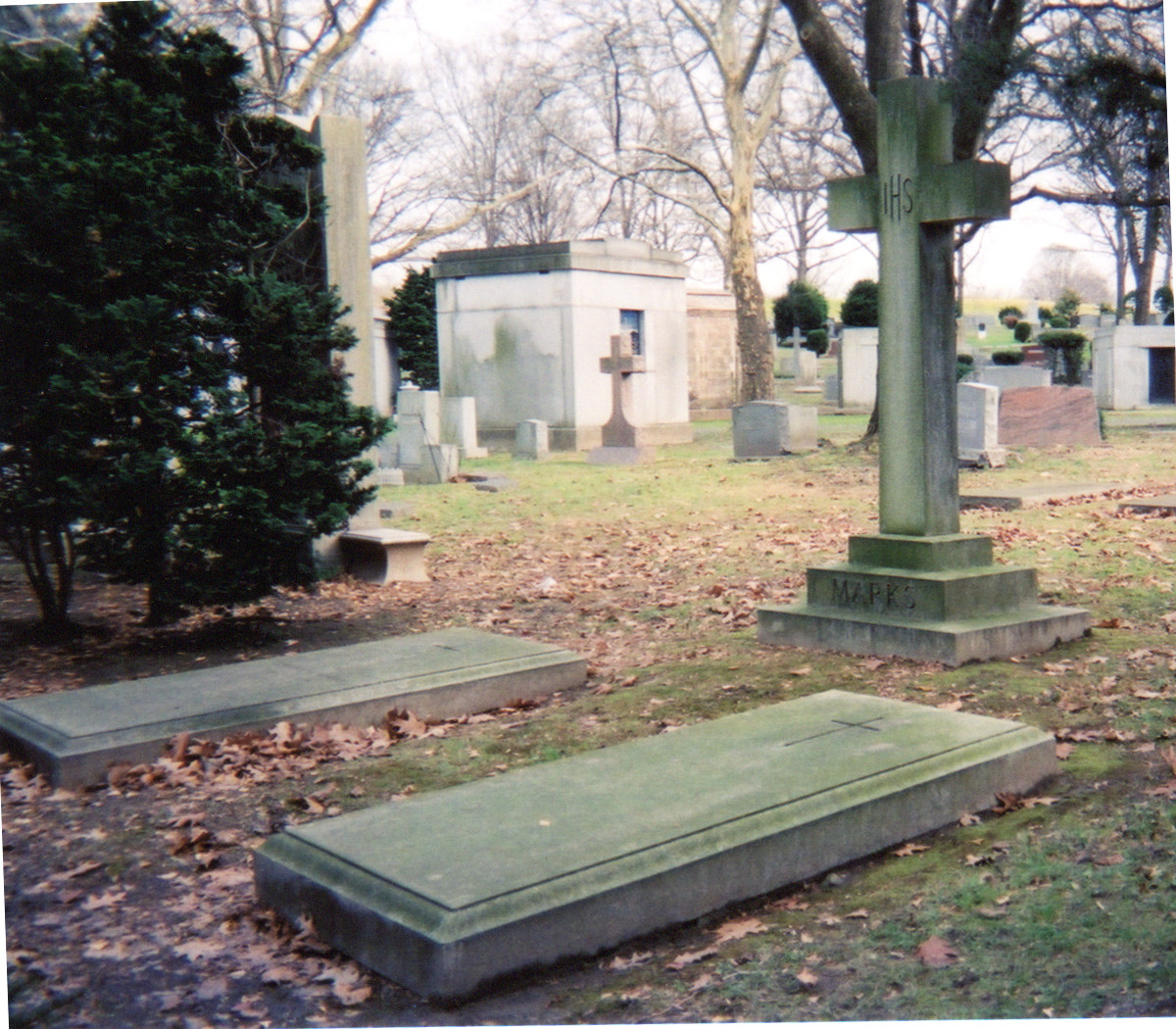Arthur Marks was born in Lynn, Massachusetts. Marks' father, William, worked in a clothing house. Marks' mother, Clara Beede, who had worked in a shoe factory before her marriage, died in 1890 when Arthur was about 16 years old. Marks was educated at the Lynn Classical School and attended Harvard for two years before leaving the university, he thought temporarily, to earn some money; Marks did not return.
Marks got a job at "ten per" as assistant chemist of the Boston Woven Hose and Rubber Co., where at the end of two years he became chief chemist for the Revere Rubber Co. In 1898, Marks became general superintendent of the Diamond Rubber Co., and two years later vice-president and general manager,
Working closely with fellow chemist George Oenslager, around 1905 Marks developed chemical processes and principles related to the rubber and tire industry that were of enormous commercial and national importance. Their work formed the basis for important procedures involving rubber that are still used today.
In 1912, Marks became vice-president and general manager of the B. F. Goodrich Company.
After WWI, Marks bought the Skinner Organ Company from Ernest Skinner and became its president.
Regarding Marks' contribution to the rubber industry, according to an article that appeared in 1930 in the Journal of Chemical Education:
"Marks and Oenslager made the following direct contributions to the rubber business and allied industries: (1) Created a market for plantation rubber by developing methods whereby it could be substituted for Fine Para for nearly all purposes, regardless of the methods of coagulation employed by planters. This made possible the continued development of the rubber-planting industry. Without the supply of rubber from plantations, rubber, automotive, and allied industries would have been seriously hampered in development. (2) Gave to the industry basic scientific methods which `still govern the compounding of its materials, especially as affecting strength of compounds and time of vulcanization. (3) By ``acceleration'' enormously reduced the rubber goods manufacturers' investment in equipment and in employees' time."
[James Cooper Lawrence, "Pioneers in the Commercial Development of Rubber", Journal of Chemical Education, 1930, vol 7, number 8, pp:1788-1801]
Arthur Marks was born in Lynn, Massachusetts. Marks' father, William, worked in a clothing house. Marks' mother, Clara Beede, who had worked in a shoe factory before her marriage, died in 1890 when Arthur was about 16 years old. Marks was educated at the Lynn Classical School and attended Harvard for two years before leaving the university, he thought temporarily, to earn some money; Marks did not return.
Marks got a job at "ten per" as assistant chemist of the Boston Woven Hose and Rubber Co., where at the end of two years he became chief chemist for the Revere Rubber Co. In 1898, Marks became general superintendent of the Diamond Rubber Co., and two years later vice-president and general manager,
Working closely with fellow chemist George Oenslager, around 1905 Marks developed chemical processes and principles related to the rubber and tire industry that were of enormous commercial and national importance. Their work formed the basis for important procedures involving rubber that are still used today.
In 1912, Marks became vice-president and general manager of the B. F. Goodrich Company.
After WWI, Marks bought the Skinner Organ Company from Ernest Skinner and became its president.
Regarding Marks' contribution to the rubber industry, according to an article that appeared in 1930 in the Journal of Chemical Education:
"Marks and Oenslager made the following direct contributions to the rubber business and allied industries: (1) Created a market for plantation rubber by developing methods whereby it could be substituted for Fine Para for nearly all purposes, regardless of the methods of coagulation employed by planters. This made possible the continued development of the rubber-planting industry. Without the supply of rubber from plantations, rubber, automotive, and allied industries would have been seriously hampered in development. (2) Gave to the industry basic scientific methods which `still govern the compounding of its materials, especially as affecting strength of compounds and time of vulcanization. (3) By ``acceleration'' enormously reduced the rubber goods manufacturers' investment in equipment and in employees' time."
[James Cooper Lawrence, "Pioneers in the Commercial Development of Rubber", Journal of Chemical Education, 1930, vol 7, number 8, pp:1788-1801]
Gravesite Details
Myosostis Ave, 4 east of walk, 4 from Park Avenue.
Family Members
Sponsored by Ancestry
Advertisement
Records on Ancestry
Advertisement













